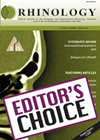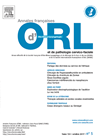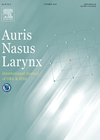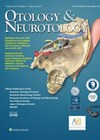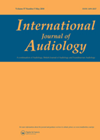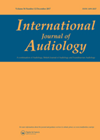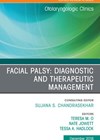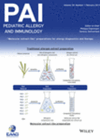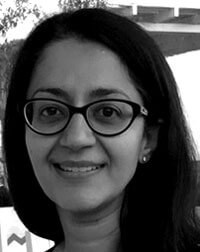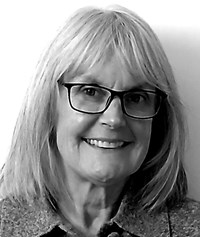
Journal Reviews
Genetic testing in congenital hearing loss
Advances in genetic testing over the last decade have reduced the cost and time such testing required and increased understanding of the genes involved in conditions like congenital hearing loss. This study from Atlanta looks at genetic testing from a...
Is there increased cardiovascular risk with macrolide antibiotics?
This month’s Ed’s Choice delightfully reviews the potential cardiovascular consequences of long-term macrolide use in the treatment of chronic rhinosinusitis. This used to be one of my ‘go-to’ topics of conversation at home after a bad day at work, although...
Electrodes and the stapedial reflex
This study had two main objectives: testing the efficiency of the sequential stimulation of four different electrodes versus a single electrode on the threshold of the stapedial reflex; and correlating the values with the minimum comfort level (MCL). The study...
Which graft is better for type 1 tympanoplasty in elderly patients?
Type 1 tympanoplasty is a procedure performed to repair tympanic membrane perforations, primarily to reduce otorrhoea. This may subsequently lead to improvement of hearing. The common graft materials used are temporalis fascia and cartilage from tragus or concha. The authors...
The role of cVEMPs in the diagnosis of Meniere’s disease
This study sets out to determine the most useful metrics to use from cervical-vestibular evoked myogenic potential (c-VEMP) tests when the diagnosis of Meniere’s disease (MD) is unclear, or as a follow-up tool. It is known that cVEMPs can detect...
Tinnitus loudness and insomnia
Tinnitus may be very bothersome for its sufferers, in some cases leading to suicide. Therefore, it is extremely important to offer the best available treatment to people suffering from tinnitus. This study considered whether insomnia may be associated with the...
Peer-support group for people with a hearing loss
Peer-support groups’ (PSGs) involvement in rehabilitation of people with different health issues can have a very positive impact on the patients’ wellbeing as showed in a various literature on the subject. This study involves analysis of data from previous studies...
Surgical management of permanent facial paralysis
This article explores the management of flaccid facial palsy focusing on weakness less than one to two years’ duration. As a general rule, primary nerve repair produces the best outcome and should be performed where possible. For long-standing paralysis of...
Oral versus oral and intratympanic corticosteroid treatment for sudden sensorineural hearing loss
The 2012 American Academy of Otolaryngology- Head and Neck Surgery Foundation (AAO-HNSF) clinical practice guidelines on sudden sensorineural hearing loss (SNHL) have two statements that address steroid use. Statement eight indicates an option to offer corticosteroid as initial treatment for...
A trial of house dust mite sublingual tablet in children with allergic rhinitis
The house dust mite (HDM) is one of the commonest causative agents in allergic rhinitis (AR), affecting patients across all demographics. Recently, sublingual immunotherapy (SLIT) has been shown in clinical trials and meta-analysis to be effective compared to placebo in...
The DOSO outcome measure
The subjective outcome measures are a crucial element of the auditory rehabilitation process for hearing aid fitting. Authors hypothesised that normative data used for the device-orientated subjective outcome (DOSO) were no longer valid for new hearing aids technologies (2015-era technologies)....
Social representation of hearing loss in different countries
The social representation of different phenomena has generated strong interest among researchers recently. The social representation of ‘hearing loss’ is different in different countries such as India, Iran, Portugal, and the UK, as was evidenced in previous research. This study...


